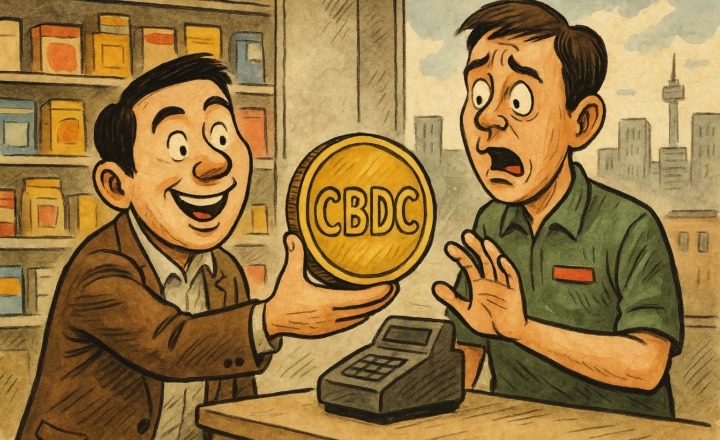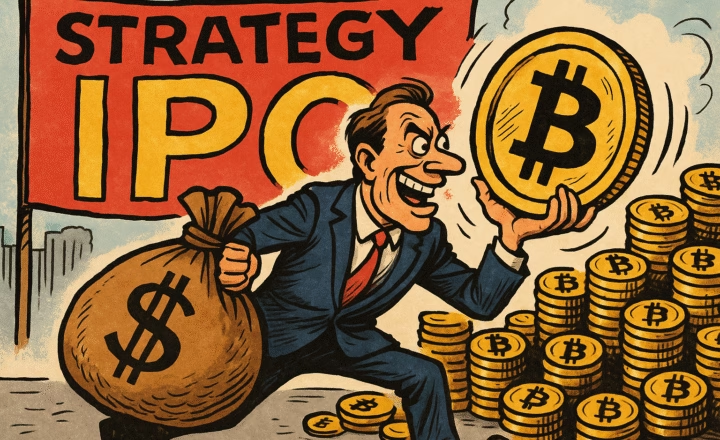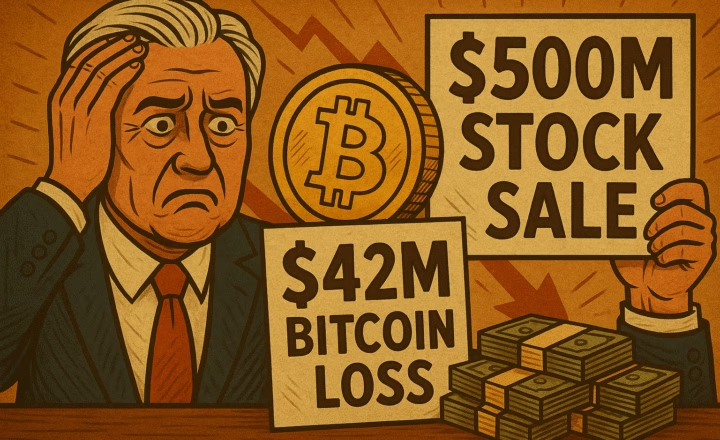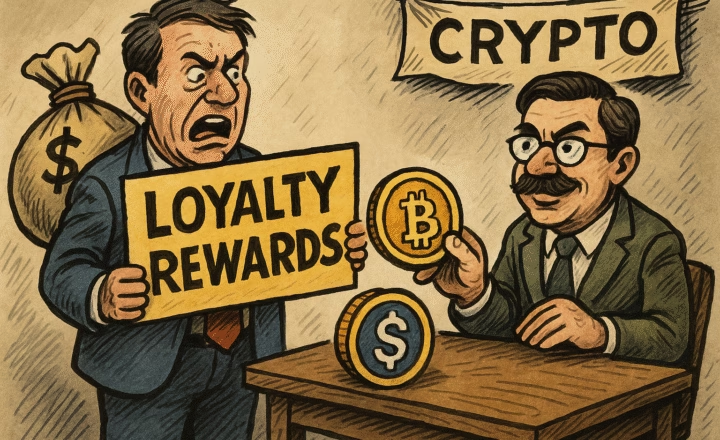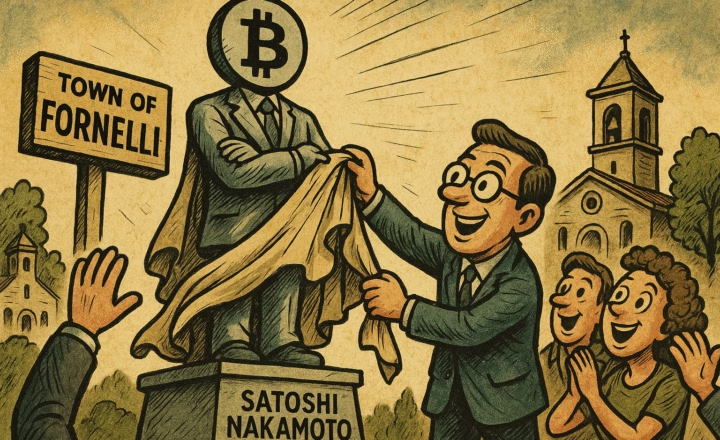As memecoins mint millionaires, questions about sustainability, capital rotation, and investor protection grow louder
A $2,000 Leap Into Crypto Folklore
In a now-viral case of memecoin magic, a savvy early investor reportedly turned $2,184 into over $43 million by betting on PEPE, the frog-themed token that captured crypto Twitter’s imagination throughout 2024.
According to on-chain analytics platform Lookonchain, the trader purchased 1.5 trillion PEPE tokens during its early days. At PEPE’s December 2024 peak of $0.00002825, the position was worth over $43 million.
A $PEPE OG sold 150B $PEPE($1.14M) again 5 hours ago.
This OG spent only $2,184 to buy 1.5T $PEPE($43M at the peak) in the early stage.
He sold 1.02T $PEPE for $6.66M, leaving 493B $PEPE($3.64M), with a total profit of $10.3M(4,718x).https://t.co/tyzLr10sGj pic.twitter.com/FD6fFpyqCi
— Lookonchain (@lookonchain) March 29, 2025
The trader later sold 1.02 trillion PEPE for $6.66 million and still holds 493 billion tokens, valued around $3.64 million at current prices — locking in a total profit exceeding $10.3 million, even after a 74% price drop from its all-time high.
The ROI? A mind-bending 4,718x.
The New Millionaire Factory—But Built on Sand?
While such stories inspire envy and excitement across crypto communities, they also reignite an old debate: What are memecoins really, and what do they mean for crypto as an ecosystem?
Memecoins like DOGE, PEPE, FLOKI, and more recently TRUMP, are largely detached from technical fundamentals. Their valuations are often driven by FOMO, social media trends, and occasionally the endorsement of celebrities or political figures.
“High-beta, i.e., volatile tokens, are stealing the spotlight,” said Stella Zlatareva, dispatch editor at Nexo, adding that memecoins surged 5.6% on average recently due to rate cut optimism and broader crypto momentum.
But beneath the surface, the capital rotation into memecoins may be creating hidden fractures across more established crypto sectors.
The Capital Drain: Winners and Losers
There’s growing evidence that memecoin rallies are not pulling in new external capital, but instead siphoning liquidity from other crypto assets. According to Dan Hughes, founder of Radix:
“Most of the inbound liquidity into memecoins like TRUMP comes from existing portfolios. People are selling SOL, ETH, and other altcoins to jump into the next meme-driven rocket.”
This internal churn has had real consequences. For example, Solana (SOL) is down over 51% since the TRUMP token launched in January. While it’s tempting to attribute this to broader market factors, on-chain data suggests memecoins are at least partially responsible for draining attention and capital.
Memecoins vs. Altcoins: An Identity Crisis for Crypto?
Memecoins’ explosive growth may be exciting for traders and speculators, but it presents a dilemma for the broader crypto narrative. After years of promoting decentralized finance, infrastructure scalability, and real-world utility, the market finds itself enthralled by tokens with no inherent value proposition beyond viral appeal.
It raises questions such as:
-
Are memecoins undermining the long-term credibility of the crypto space?
-
Do they represent true adoption, or just speculative cycles with no exit strategy?
-
How should regulators respond when speculative tokens become systemically popular?
Regulatory Watchdogs Begin to Circle
As memecoins soar, so do the risks — particularly for retail investors. The sector is rife with insider activity, rug pulls, and pump-and-dump schemes.
In response, New York lawmakers introduced legislation in early March to combat fraudulent memecoin launches following the LIBRA token scandal, a token that gained traction due to its alleged endorsement by Argentine President Javier Milei — before ultimately collapsing amid insider selling allegations.
The proposed bill aims to protect crypto investors from manipulative practices and enforce greater transparency and accountability for token issuers — especially those tied to public figures.
A Bubble or a Shift?
It’s easy to dismiss memecoins as the casino corner of crypto. But doing so may overlook their deeper significance.
They are:
-
Hyper-financialized expressions of internet culture
-
Liquidity funnels driven by pure narrative energy
-
Instruments of mass participation for those priced out of Bitcoin and Ethereum
Yes, they’re volatile. Yes, many will go to zero. But in an industry still trying to define its identity, memecoins may be both a symptom and signal — revealing what retail investors truly desire: fun, hope, and the dream of turning $2K into $43 million.
Whether that’s sustainable is another story.
Final Thoughts: Proceed With Eyes Wide Open
Memecoins will continue to create millionaires — and leave many more broke. For traders, the challenge is understanding when the music stops. For builders and regulators, the question is whether they embrace, reform, or reject this phenomenon.
As for PEPE and the trader who hit the jackpot? It’s a case study in timing, risk, and the viral power of the internet. But perhaps also, a reminder: in crypto, fortune favors the fast, not always the wise.




